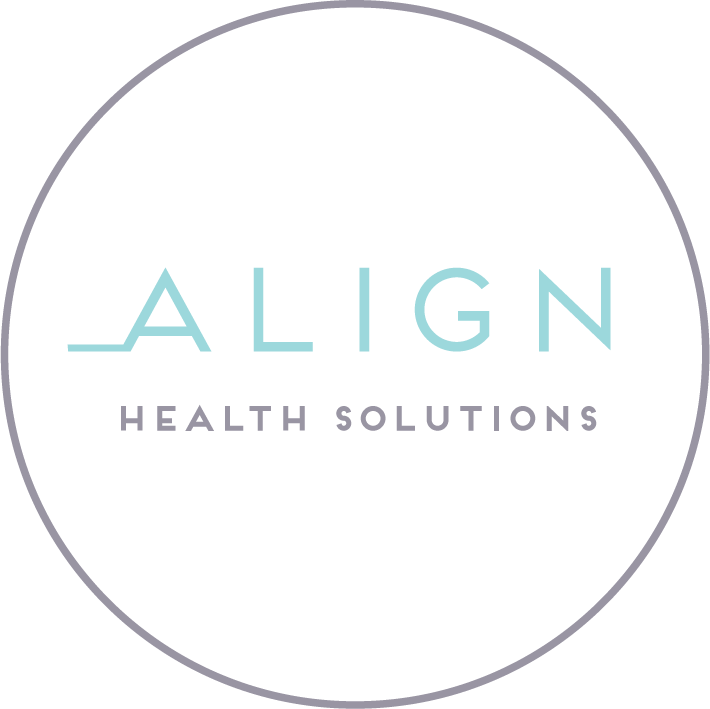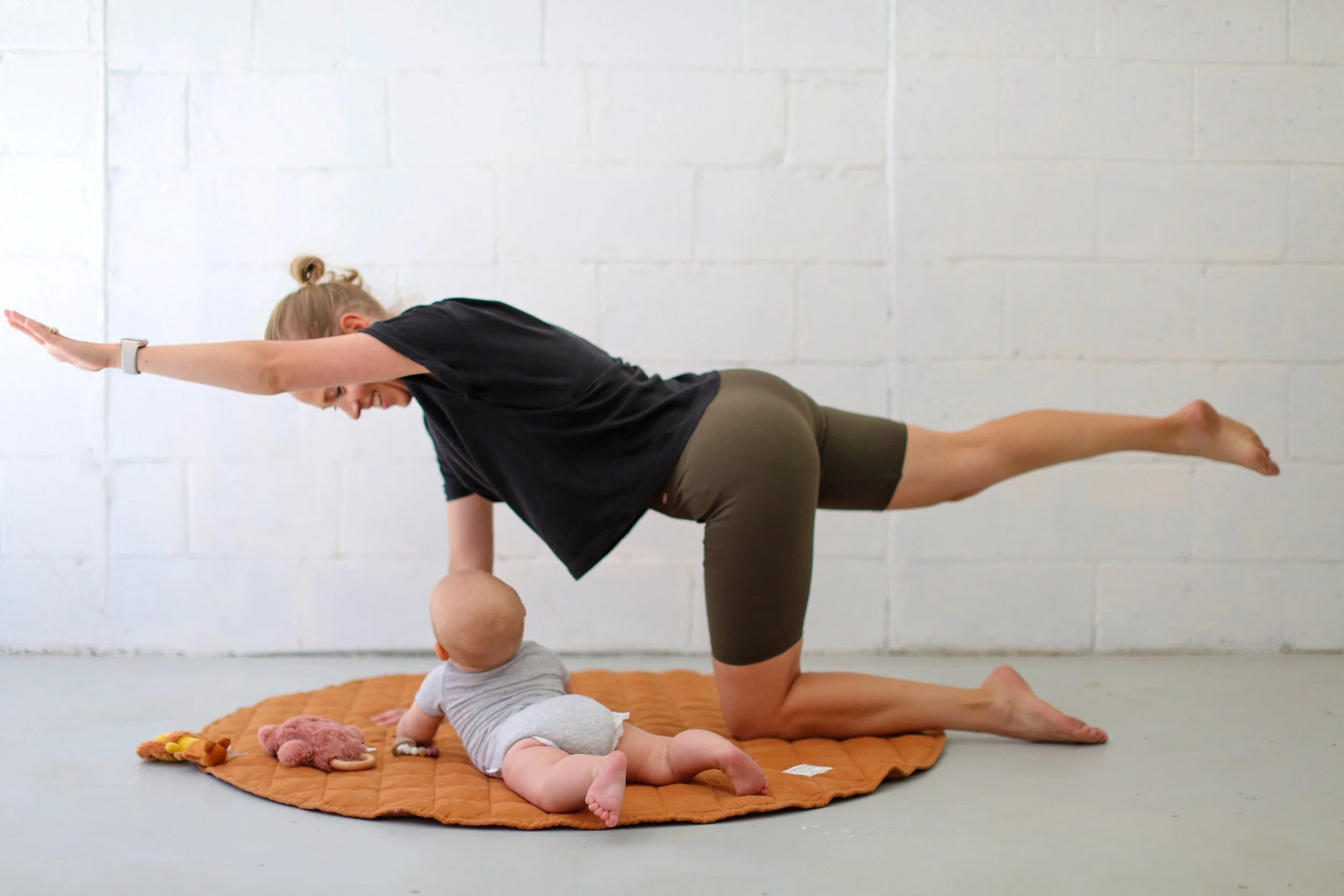how being an Accredited Exercise Physiologist helped me exercise safely in my postpartum journey
In the postpartum period, balancing physical recovery with the gradual reintroduction of exercise can present both opportunities and challenges, often leaving people who have birthed wondering where to start and how to approach it safely.
As an Accredited Exercise Physiologist (AEP) and a mother of two, I’ve personally navigated this path, understanding that my pre-pregnancy exercise routine, overall pregnancy experience, and the transformative journey of matrescence all play a significant role in shaping how I now approach exercise and the newfound perspective I have gained when working with clients in a similar lifestage.
Benefits of Exercise:
Much like exercise in pregnancy, there are many benefits to exercising postpartum that may
assist with physical and psychological changes. This may include but is not limited to:
● Enhancing energy levels
● Improving cardiovascular health
● Improving mental wellbeing, reducing stress and helping prevent or manage postnatal
depression
● Improving pelvic floor strength, reducing the risk of incontinence and POP (pelvic organ
prolapse)
● Reduces the severity of diastasis recti (abdominal separation)
● Reduce lower back pain and pelvic girdle pain
(Victoria Department of Health, 2023) (The Royal Women’s Hospital 2024).
When to Start Exercising Postpartum?
After giving birth, recovery and rest are the most important things to consider.
Before introducing any type of exercise postpartum, it is recommended to consult with your
Doctor/Midwife and/or a Women’s Health Physiotherapist to ensure your body is healing well and exercise is suitable and safe to do so (The Royal Women’s Hospital 2024).
What Exercise can you do?
Once you have received clearance from your Doctor/Midwife and/or a Women’s Health
Physiotherapist to exercise, consulting with a Women’s Health trained AEP before starting/progressing any exercise load, duration or intensity is recommended. (The Royal
Women’s Hospital 2024). Progressing exercises are subjective to every individual based on
factors such as type of delivery, recovery and exercise history (Inge et al., 2022) (Victoria
Department of Health, 2023).
Below is a rough guide of what you should expect when commencing exercise postpartum.
Immediately Post Birth
● Focus on resting and recovery, incorporating some light walking, pelvic floor exercises,
and light abdominal control exercises (Inge et al., 2022)
6 weeks Postnatal
● Light resistance training may commence, focusing on breathing and technique, ensuring
correct posture
● Low impact aerobic exercises such as walking and swimming (if bleeding has stopped)
● Yoga & Pilates
12-16 weeks Postnatal
● Exercise load, frequency and duration may be increased
● Higher-impact exercises may be introduced
16 weeks +
● Gradually increase exercise as appropriate (The Royal Women’s Hospital 2024)
What to Consider When Exercising Postpartum?
Exercise should not hurt. If, when exercising, you experience any pain or unexplained
symptoms, it is important to stop immediately and seek further assistance from your Doctor
and/or Women’s Health Physiotherapist (Victoria Department of Health, 2023).
Similarly, if you are feeling fatigued, overwhelmed or just not feeling it, sometimes rest is best,
and that is okay! (Victoria Department of Health 2023)
‘Postnatal depletion’ is a term commonly used to describe the symptoms of nutritional depletion,
sleep deprivation and the mental load that may arise as you enter this new role (Inge et al.
2022). Listen to your body, rest as required, and ensure tofill your body with nutrient-dense
foods and hydration, especially before exercise (Inge et al. 2022).
It is important to consider the support in the clothing you are wearing. As your breasts change,
your pre-pregnancy bra will likely not fit as well, which may cause discomfort (Victoria
Department of Health 2023).
When to Slow Down:
If you experience any of the below, please stop exercising and consult your AEP for assistance
and potential review with your Doctor
● Highly increased fatigue
● Generally feeling unwell
● Muscle aches, strains and pains
● Breast lumps and/or tenderness
● Colour change in postpartum vaginal flow (lochia) to pink or red
● Heavier lochia flow
● Lochia flow starts again after it had stopped
(Victoria Department of Health, 2023)
Written By: Shannon O’Neill
Accredited Exercise Physiologist, Accredited Exercise Scientist
Interested in our Postpartum Services, including Mums & Bubs Exercise Class?
Who Are We?
Align Health Solutions is a size-inclusive, neuro sensitive, accessible Exercise Physiology clinic
based in Adelaide, SA, with a specialised Women’s Health focus. At Align, we believe that
everybody deserves a safe space to move in their own individual and unique way.
References:
Philippa Inge, Jessica J Orchard, Rosie Purdue, John W Orchard. (2022). Exercise After
Pregnancy. Australian Journal of General Practice[online]. 52, 1. Available
From:http://https://www1.racgp.org.au/ajgp/2022/march/exercise-after-pregnancy.
The Royal Women’s Hospital, (2024) The Royal Women’s Hospital,
http://https://www.thewomens.org.au/health-information/pregnancy-and-birth/your-health-after-
birth/exercise-after-birth, 27/06/2024
Victoria Department of Health, (2023) Better Health Channel,
http://https://www.betterhealth.vic.gov.au/health/healthyliving/postnatal-exercise#the-benefits-of-
postnatal-exercise, 27/06/2024

